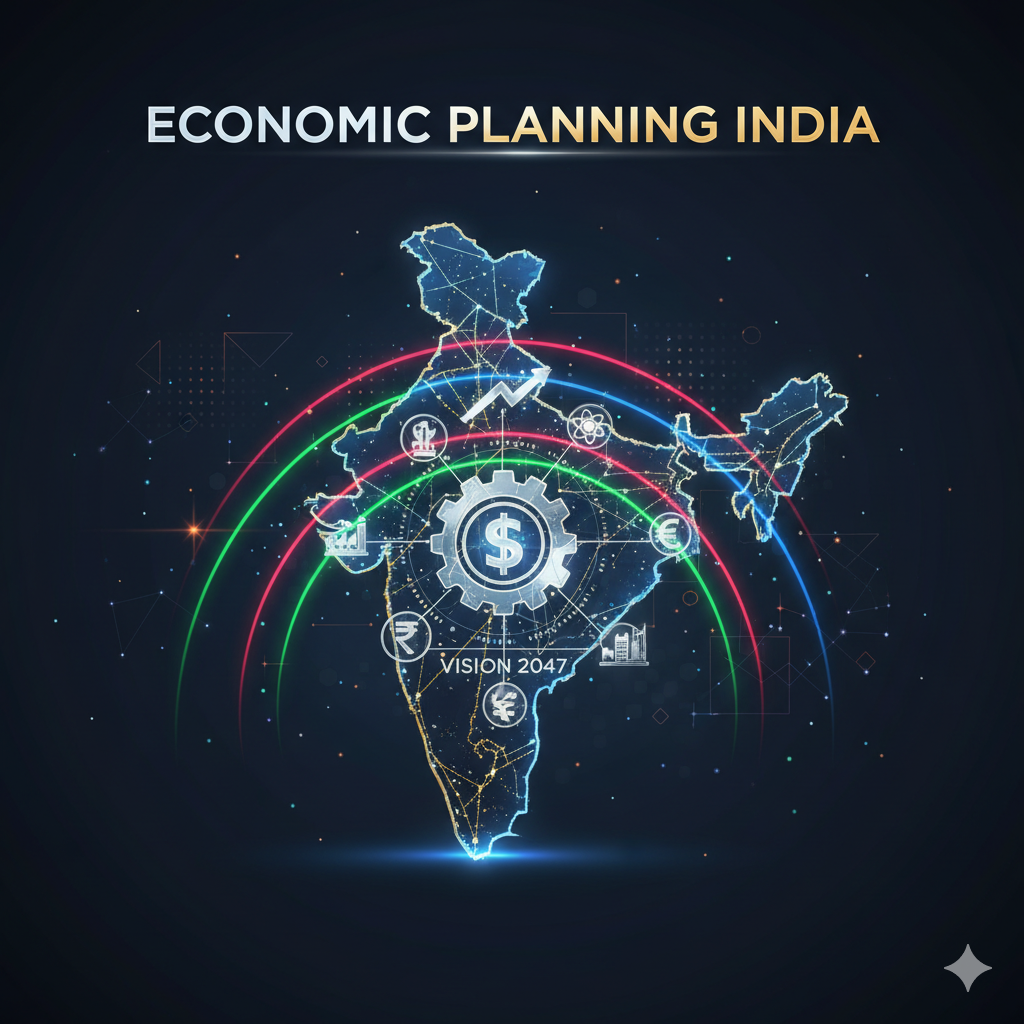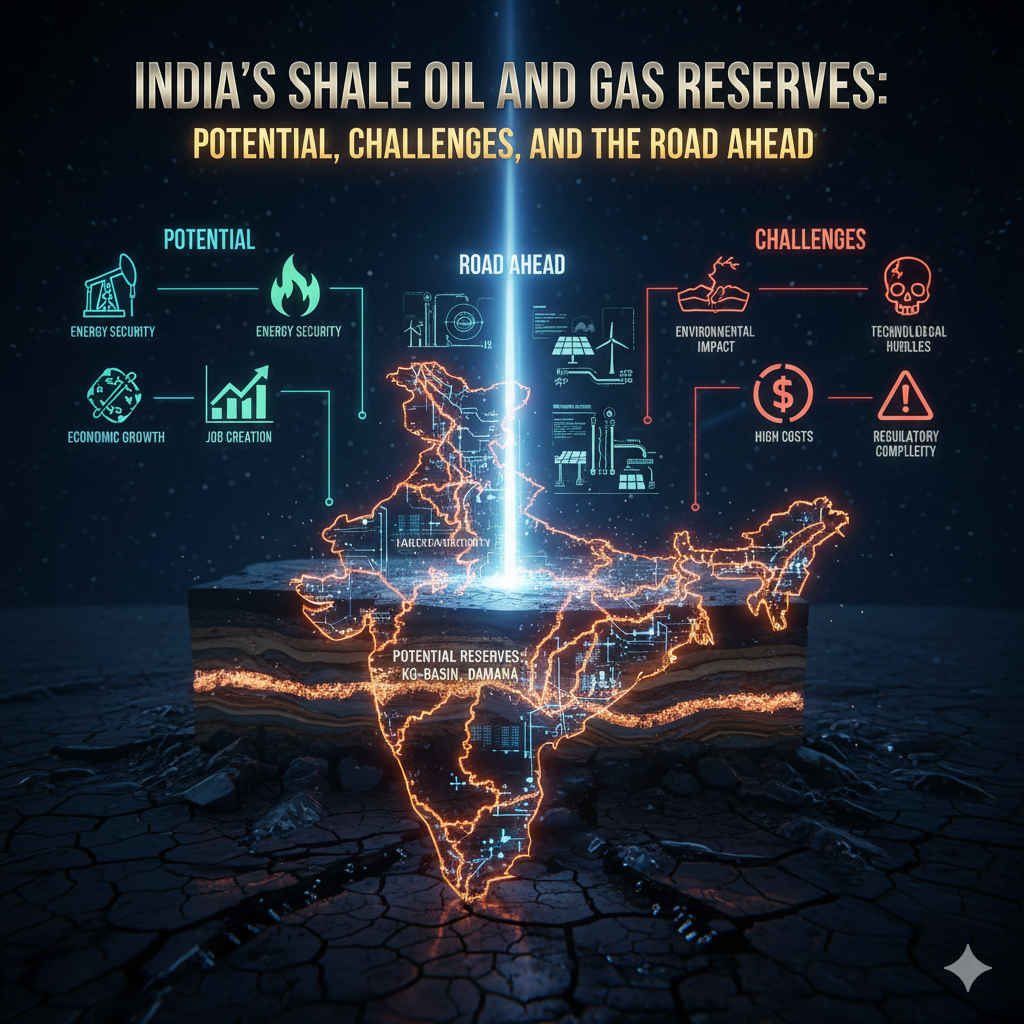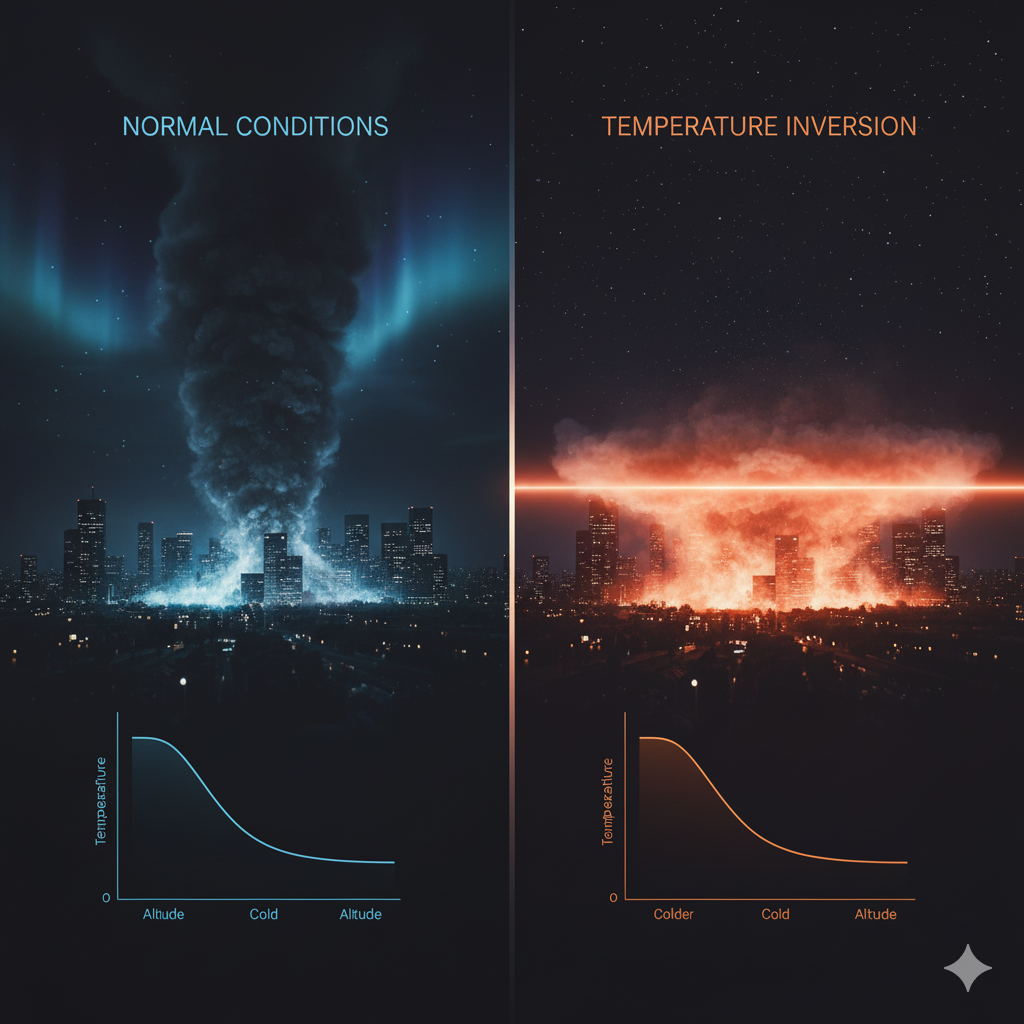India is home to numerous lakes, varying from freshwater to saline and natural to artificial. These lakes play significant roles in ecology, tourism, irrigation, and hydroelectric power generation. Below is a categorized list of important lakes in India:
1. Freshwater Lakes
These lakes contain fresh water and are essential sources of drinking water and biodiversity.
- Wular Lake (Jammu & Kashmir) – The largest freshwater lake in India.
- Dal Lake (Jammu & Kashmir) – Famous for houseboats and tourism.
- Loktak Lake (Manipur) – Known for the floating phumdis and Keibul Lamjao National Park.
- Sambhar Lake (Rajasthan) – Largest inland saltwater lake.
- Bhimtal Lake (Uttarakhand) – A scenic natural lake larger than Nainital Lake.
- Nainital Lake (Uttarakhand) – A natural freshwater lake surrounded by hills.
- Kolleru Lake (Andhra Pradesh) – One of the largest freshwater lakes in India, important for migratory birds.
2. Saltwater and Brackish Lakes
These lakes have high salinity and are often used for salt production.
- Chilika Lake (Odisha) – Asia’s largest brackish water lagoon, famous for Irrawaddy dolphins.
- Pulicat Lake (Andhra Pradesh-Tamil Nadu border) – The second largest brackish water lagoon in India.
- Sambhar Lake (Rajasthan) – India’s largest inland saltwater lake.
- Pangong Lake (Ladakh) – A high-altitude saline lake, partially in China.
- Tso Moriri Lake (Ladakh) – A high-altitude saltwater lake, famous for its biodiversity.
3. Artificial (Man-made) Lakes
These lakes have been created for water storage, irrigation, or hydroelectric purposes.
- Gobind Sagar Lake (Himachal Pradesh) – Created by the Bhakra Dam on the Sutlej River.
- Hussain Sagar Lake (Telangana) – Built by Ibrahim Quli Qutb Shah in Hyderabad.
- Nagarjuna Sagar Lake (Telangana) – Formed by the Nagarjuna Sagar Dam on the Krishna River.
- Rana Pratap Sagar Lake (Rajasthan) – Created by a dam on the Chambal River.
- Dhebar Lake (Jaisamand Lake) (Rajasthan) – Asia’s second-largest artificial lake.
- Upper Lake (Bhojtal) (Madhya Pradesh) – The oldest artificial lake in India, located in Bhopal.
4. Crater and Tectonic Lakes
These lakes were formed due to geological activities such as volcanic eruptions and tectonic shifts.
- Lonar Lake (Maharashtra) – A unique crater lake formed by a meteor impact.
- Loktak Lake (Manipur) – Formed due to tectonic movements.
- Tso Moriri Lake (Ladakh) – A tectonic lake at a high altitude.
5. Glacial Lakes
These lakes are formed by the melting of glaciers, primarily in the Himalayan region.
- Roopkund Lake (Uttarakhand) – Also known as Skeleton Lake, due to human skeletons found at its bottom.
- Gurudongmar Lake (Sikkim) – One of the highest lakes in India, sacred in Buddhism.
- Chandra Taal (Himachal Pradesh) – A high-altitude crescent-shaped lake in the Spiti Valley.
- Suraj Tal (Himachal Pradesh) – Located near Baralacha Pass, the source of the Bhaga River.
These lakes are vital for biodiversity, tourism, and local livelihoods.




